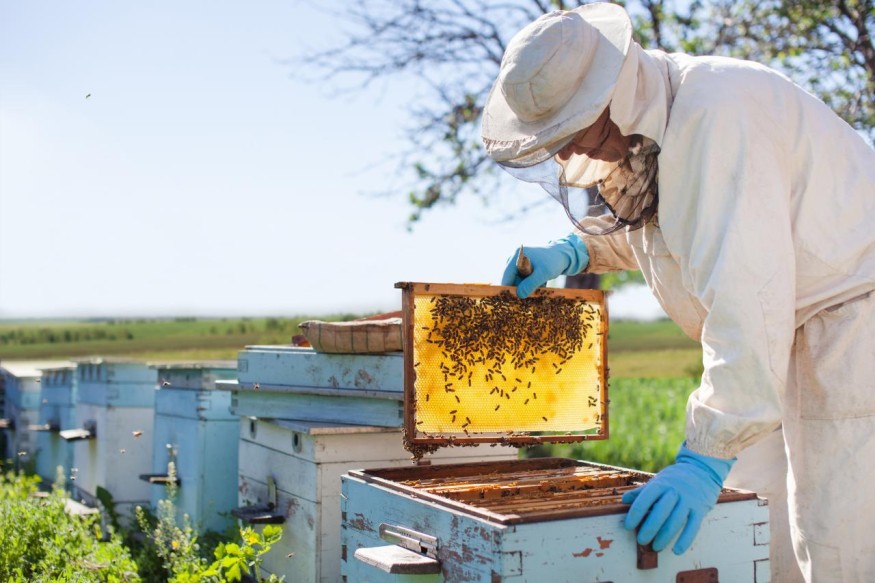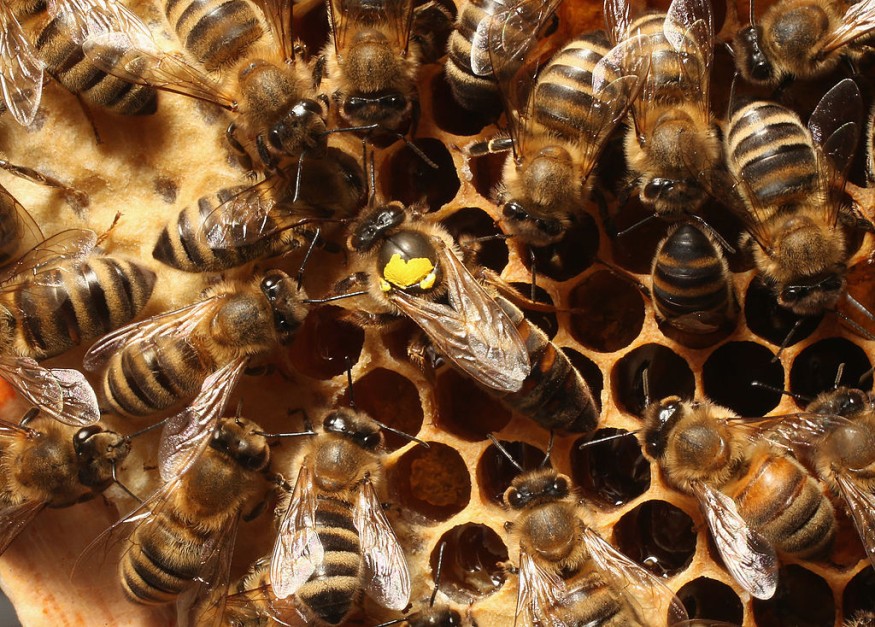According to a review of 90 research, agricultural pesticides provided to farmers ready-mixed into "cocktails" can kill twice as many bees.
Each study looked at the effects of environmental factors, including pesticides and inadequate diet.
Researchers utilized this information to calculate how the pollinating insects were affected by a mixture of these stressors.

Licensed Regulations
They also believe that commercial formulations containing several substances should now be required to have their own licenses.
"Exposure to numerous pesticides is the rule, not the exception," said the study's lead author, Dr. Harry Siviter of the University of Texas at Austin, on BBC Radio 4's Inside Science program.
Pesticide Levels and Flourishing Colonies

A 2016 study found that bee colonies with higher pesticide levels were significantly more likely to perish.
"If you had a honeybee colony exposed to one pesticide that kills 10% of the bees and another pesticide that kills another 10% of the bees, you would anticipate 20% of the bees to be killed if the effects were cumulative," Dr. Siviter explained.
However, a "synergistic impact" might result in 30-40% mortality.
"And when we looked at the interactions, that's precisely what we discovered," he added.
Dr. Siviter added that while licensing commercial formulations for usage, "we definitely need to examine the interplay between those substances."
"Because we don't keep track of pesticides after they're approved for use, we're proposing post-licensing observations."
"If those pesticides [when applied together] cause harm to bees, that impact is documented."
Adaptation and Tolerance Development

However, according to new research released this week, bees worldwide are gaining the capacity to "clean out" a particularly harmful parasite known as varroa. This mite lives and feeds on honeybees and larvae.
Bees already have complex sanitary behaviors in place, such as removing diseased larval broods from the hive.
And now, data from 40 years of research on colonies that survive infestations without chemical treatment has been published in the Royal Society journal Proceedings B, revealing that they are evolving to "repurpose" their behavior against varroa.
"We see this resistance grow throughout the world," the University of Salford's Isobel Grindrod said.
"We also see an increase in beekeepers not needing to use chemical treatments to cure [the mites] recently."
She said that "pressure" from the mites was forcing healthy bees to adjust.
Resilient Busy Bees

"Their flexibility is critical, and that's why we need to sustain healthy bee colonies - to maintain that adaptability - because new illnesses and pressures will emerge in the future."
On BBC Inside Science on Radio 4 and BBC Sounds, interested people can learn more about bees' fights with parasites and chemicals.
Also Read:
Mosquito Tornado Invades Russia as Swarms of the Mate Craved Insect Flies Around in Swarms
Chaos Ensues as Swarms of Cicadas Disturb Weather Radar, Causing Car Accident
© 2025 NatureWorldNews.com All rights reserved. Do not reproduce without permission.





